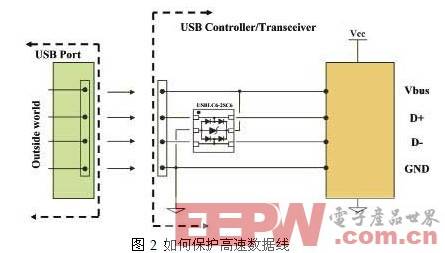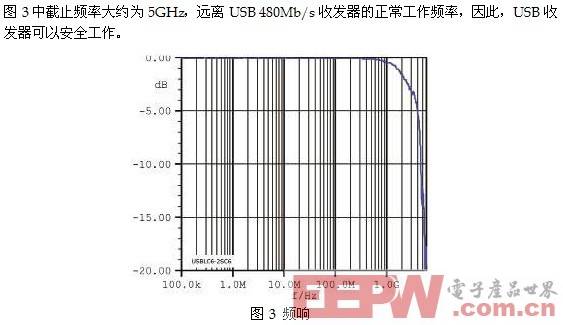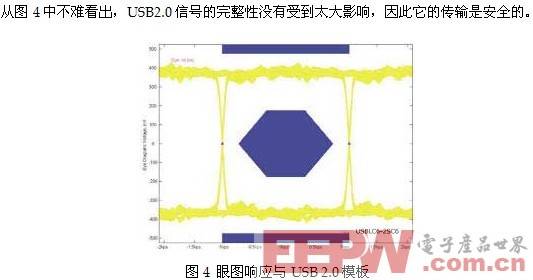Protection of data lines and power lines in automotive electronic systems
Foreword
Today, automotive electronic equipment accounts for a large proportion of the entire vehicle. Although these electronic modules bring comfort and safety to automotive users, at the same time, the analysis of the reliability of electronic modules in the automotive environment has also caused some problems that cannot be ignored.
Because electronic modules are very sensitive to electromagnetic interference (EMI), electrostatic discharge (ESD), and other electrical interference (the car itself is the source of these hazards), care must be taken when using electronic modules in the automotive environment. In response to the current electrical hazards common to automobiles, the International Organization for Standardization has issued multiple sets of electrical protection standards. Car manufacturers and suppliers must consider these standards, and only by adding protective components to electronic modules can they fulfill the main responsibilities specified in these standards. For example, in-vehicle electronic modules must withstand the electromagnetic interference and ESD transient voltages specified in the two international standards ISO7637-2 and ISO10605.
Electrical hazards in the automotive environment
The automotive environment itself includes many sources of electrical hazards, and various automotive components, such as ignition switches, relay contacts, alternators, fuel injectors, etc., can produce electrical interference such as electromagnetic interference and electrostatic discharge. Conductive hazards appear directly in the wire harness; radiation hazards directly affect the electronic module. These electrical hazards caused by the automotive environment will affect electronic modules in two ways: data lines and power lines.
Propagation of electrical hazards
Transient events generated in the automotive environment may change from low to high energy levels, or from high to low energy levels, accompanied by extremely high voltage slope dV / dt. The main standards for these electrical hazards are ISO7637-2 and ISO10605, and sometimes refer to the IEC61000-4-2 standard, because some manufacturers have been using the ESD standard before the ISO10605 standard was released.
ISO7637-2 is a standard related to power cord applications; ISO10605 (some manufacturers use IEC61000-4-2) is a standard for all electronic module accessories such as potentiometers, LCD screens, buttons, and data line connectors.

Data line and power line applications
The limiting factors for data lines and power lines are different. Data line applications are usually limited by low line capacitance, which is required for high-speed data line functions. At the same time, data lines also require high ESD protection performance. Therefore, it is difficult to choose a protection circuit that combines low capacitance and high ESD protection performance.
On the other hand, although low capacitance is not required for power line applications, it is not easy to find the most suitable protection components because the ISO7637-2 standard applies various pulses. For example, different protection components are used for load dump surges and transient events generated by relay switches.

Data line protection
Take the USB accessories of car audio equipment as an example to discuss the protection of USB. The contact part of the USB interface may be affected by ESD transient events. Therefore, a special protection component must be used for USB data. Because the data transmission rate of the USB data cable is usually very high (480Mb / s), in order not to reduce the strength of the normal working signal, a low-capacitance protection component must be used, and at the same time it can suppress the ESD surge of ± 25kV ESD ISO10605). Use the topology of Figure 2 to find a balance between low capacitance and high-efficiency ESD suppression.
The essence of this method is to connect a protective component near the USB interface. It is composed of several diodes with rail-to-rail structure, and has low capacitance characteristics. The internal clamping device provides ± 25kV ESD (ISO10605) protection for the two data lines and protection for the Vbus power line.
Assuming that the capacitance of each line of the rail-to-rail protection device is 2.5pF, the frequency response of this protection topology is predicted as shown in Figure 3.

There is another way to check the impact of this rail-to-rail protection component on the normal working mode of the USB protocol, which is to analyze the integrity of the signal data bit through the eye diagram response of FIG. 4.

Another advantage of the rail-to-rail protection solution is the ability to suppress ESD surges that occur on external interfaces when plugging in external accessories (such as car audio systems).
If you continue to use this 2.5pF internal capacitance rail-to-rail protection component, assuming the internal clamping voltage (Vbr breakdown voltage) is 6V, you can predict the air discharge response ESD ± 25kV ISO10605 (150pF / 330). When an ESD surge of + 25kV is applied, the residual overvoltage on the electronic side of the module is approximately + 35V; when an ESD surge of -25kV is applied, the residual overvoltage on the electronic side of the module is approximately 30V.
Power cord protection
The protection of the power line of the vehicle module is another issue that needs attention in the automotive environment. This problem relates to the ISO7637-2 standard.
For example, to meet the ISO7637-2 standard, especially the pulse requirements of 1, 2, 3a, and 3b in Figure 1, only a transient voltage suppressor (TVS) can be used to effectively protect the on-board module.

When subjected to the pulses of 1, 2, 3a, and 3b in FIG. 1, the characteristics of the protection circuit are shown in FIG. 6, FIG. 7, FIG. 8, FIG. 9, and FIG.

The problem we want to solve is to determine the parameters of the protection components based on the surge to be eliminated. Taking ISO7637-2 pulse 2 in Figure 8 as an example, it is not difficult to see that the clamping voltage on the suppressor is about 30V, the peak pulse current (Ip) is about 12A, and the current pulse duration (tp) is measured at Ip / 2. It is 4μs. Therefore, it can be determined that the TVS must consume a maximum pulse power (Pp) of 360W. All these Pp, Ip, and tp values ​​are useful because they can help to compare the peak pulse power versus exponential pulse duration curve in the TVS data sheet to ensure that the TVS is within the application limits.
in conclusion
Taking SMAJ24A as an example, these parameters are extracted from the product data sheet and compared with the curve in Figure 11, and it is found that SMAJ24A meets the requirements of ISO7637-2 pulse 2 test and can withstand a 360 W exponential pulse up to 1.2ms, which is far higher In ISO7637-2 pulse 2 surge forced 4μs duration.

The automotive environment is the main source of electrical hazards, and electronic equipment is increasingly vulnerable to interference, so when designing electronic modules, electrical hazards must be carefully considered. In order to ensure the safety of electronic modules and systems and protect against various electrical hazards generated inside automobiles, the use of protective components has become a common method.
Offering Room Oil Diffuser, Hotel Scent Diffuser, Hotel Aroma Diffuser From China Manufacturer.
Hotel Scent Diffuser is to spread the scent to the corners of the hotel. The fragrant hotel will let you experience the warm feeling, friends who are out of the house, tired and tired for a day, always want to find a warm harbor to take a break. But suffering from all the hotels is the same, there is no special characteristics and style, just choose the nearest one is the practice of most of us.
How can I attract customers to stay with? Hotel Aroma Diffuser is the most direct and effective way. After the hotel is fragrant, it will give us a special sense of favor. We don`t need to spend time thinking, going to see, checking, just passing through that place, smelling the familiar taste, we already have a sense of belonging, This feeling is the feeling of home. Hotel Diffuser helps the hotel to create a warm harbor for customers, allowing customers to park here, and the scent is the designated light on the parking lot.
Hotel Diffuser
Room Oil Diffuser,Hotel Scent Diffuser,Hotel Aroma Diffuser,Hotel Diffuser
Shenzhen Dituo Electronic Co.,Ltd. , https://www.sz-dituo.com